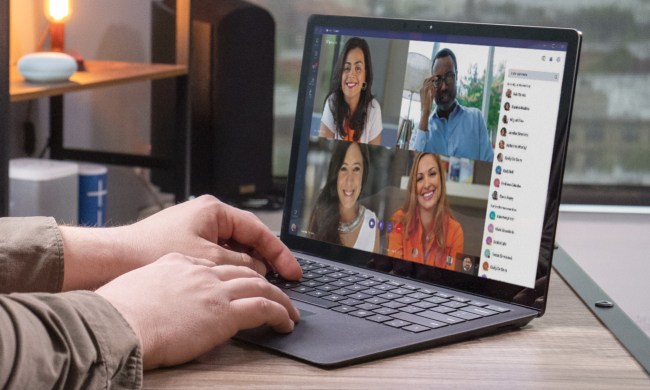
You know, those small doohickeys that communicate with satellites hovering above the Earth to pinpoint your location on the planet. With built-in maps for the entire U.S. (and usually, most of North America), GPS navigation units can help you reach to your destination with turn-by-turn visual and audio instructions.
But you already know all this. You’re also aware that GPS units offer millions of relevant “points of interest” (POIs), such as restaurants, gas stations, hotels, bank machines and tourist attractions. You also know that if you get lost, a GPS device will recalculate how to get back on track.
What you probably didn’t know, however, is all the impressive new features added to these mobile gadgets to enhance their functionality.
So if you’re shopping for your first – or next – GPS unit, consider the following five trends. Many of today’s devices will have two or more of these worthy features.
Bluetooth
Bluetooth is a short-range wireless technology designed to help devices communicate with one another, such as your cell phone and a headset for hands-free chatting. If your GPS has built-in Bluetooth, and your nearby phone has it too, you can talk through the GPS unit’s external speaker instead of wearing a headset (and you’ll first see who’s calling as their phone number or name will appear on the screen). Or, depending on the GPS device, you can tap on a point of interest, such as a restaurant, and it will call the establishment so you can make reservations (via your phone).
Text to speech translation
Many new GPS devices include a handy “text to voice” feature. Therefore, instead of the machine telling you “Turn right in one mile,” it will say something more specific, like “Turn right in one mile on Alphabet St.” Many prefer to hear the name of the road read aloud rather than having to look for it on the GPS map or street sign. Some units even let you talk back, where you can use your voice to give the destination address – instead of typing in the information.
Built-in battery
Once upon a time, a GPS device was limited to the vehicle it was used in – either because it was a non-removable in-dash solution or because it drew power from the car’s cigarette lighter. Today, many, if not most, GPS devices offer a rechargeable internal battery, which means you can easily transfer it from one vehicle to another or even enjoy its features on-foot. In fact, many also offer pedestrian and cycling maps that come in extra handy while sightseeing.
Real-time traffic alerts
Several new GPS devices can alert you to traffic issues as they occur and/or worsen in real-life, giving you the heads-up you need to avoid these congested areas. A small antenna on (or connected to) the GPS unit receives information wirelessly via FM frequency, so you can be warned of road construction areas or traffic caused by volume, accidents or construction. Be aware, though, this optional service usually requires paying a small annual service fee to receive the real-time updates, and it’s only currently available in select (read: larger) North American cities.
Multimedia playback
Because many GPS devices now have expandable memory, a rechargeable battery and a touch-screen interface, it makes sense that they also double as portable media players, too. Dozens of GPS devices let you listen to your favorite MP3 music (through an external speaker or via a headphone jack), view JPG photos (one at a time or in slideshow mode) or watch video clips (perfect for keeping the little ones busy in the backseat). You’ll first need to copy the media over to the GPS unit’s internal memory (via USB cord) or expandable memory card. But afterwards, let the party begin…



